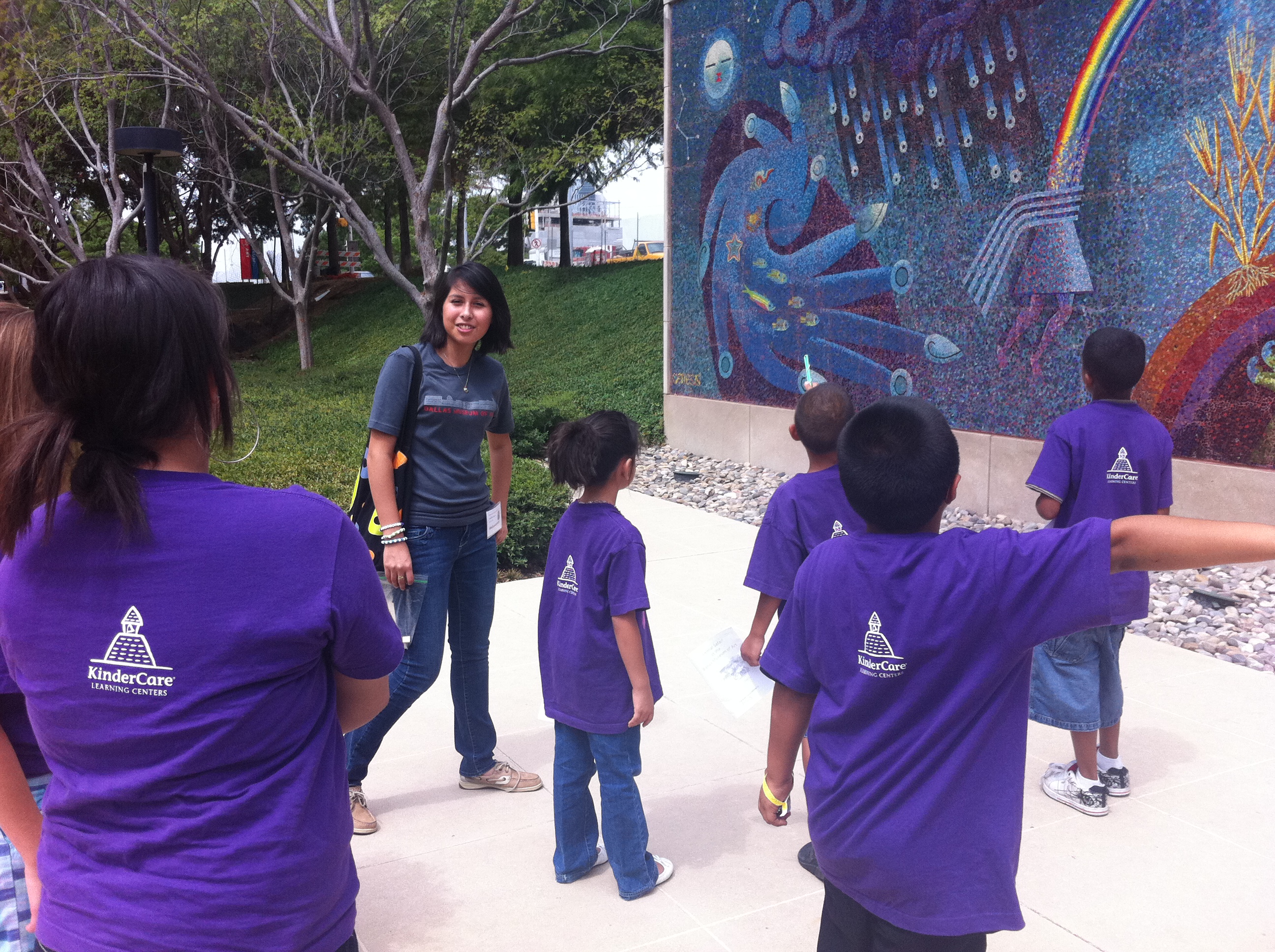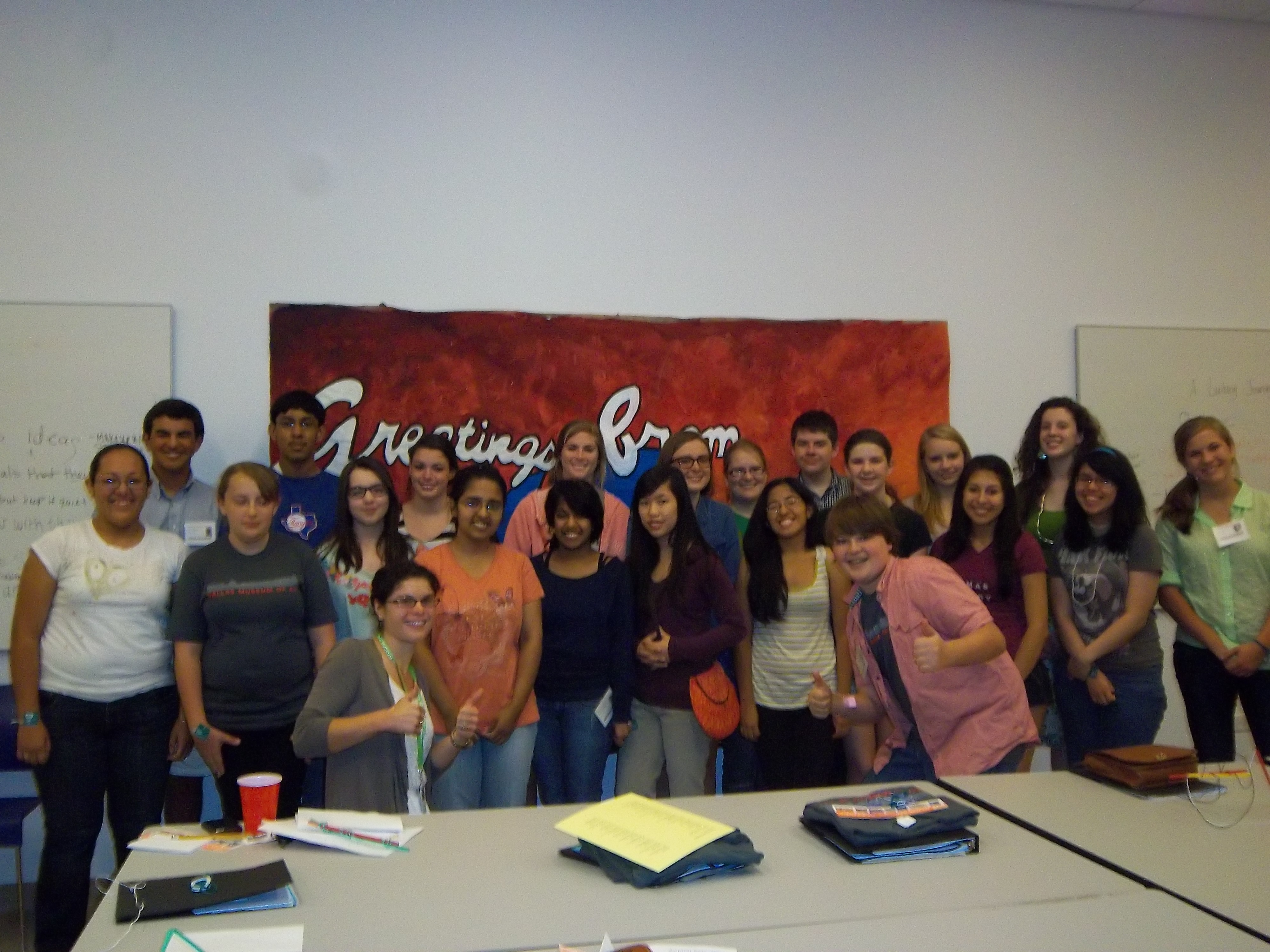Last Friday, as part of 9×9, the DMA hosted a Photowalk with staff member and photographer Ted Forbes. Over a dozen visitors attended, myself included. Ted began with a brief talk about photographing people and their environment, showing us portraits taken by world-renowned portrait photographer Arnold Newman (who photographed John F. Kennedy, Piet Mondrian, Pablo Picasso, Marilyn Monroe, and many others). Then, we were set loose in the second floor European galleries. What were our directions? “Go out and shoot portraits!” Ted said.
The Photowalk experience was very hands-on experience. Ted gave us the freedom to wander the European galleries and take pictures of Photowalk participants, strangers we encountered, and works of art around us. As I walked around the second floor, I tried to keep in mind the concepts of negative space, people and their environment, and the commonly used “rule of thirds” when framing my shots.
Taking pictures of people in specific poses proved to be a bit challenging in the galleries, so I began to look for ways to incorporate people into my pictures while focusing on the artwork as my main subject. I also played with reflections in windows and looking through panels of glass. Concentrating on reflections of people against works of art as well as reflections of the artwork itself led to some intriguing images.
After we took pictures in the European galleries, we went back to the Tech Lab in C3 to look at each other’s pictures. It was fun seeing other people’s pictures, because everyone took the instructions and captured images in completely different ways and styles, with unique perspectives.
Here are some of my favorite pictures from the Photowalk, as well as some shots I captured of participants photographing one another!
[slideshow]
Leala Rosen
Teachings Program Summer Intern
Leala Rosen is a sophomore at Hendrix College in Conway, Arkansas. She is studying sociology/anthropology and art history. As a summer intern for the Teachings Program department of the DMA, she worked with Go van Gogh outreach programs and led museum tours.



















